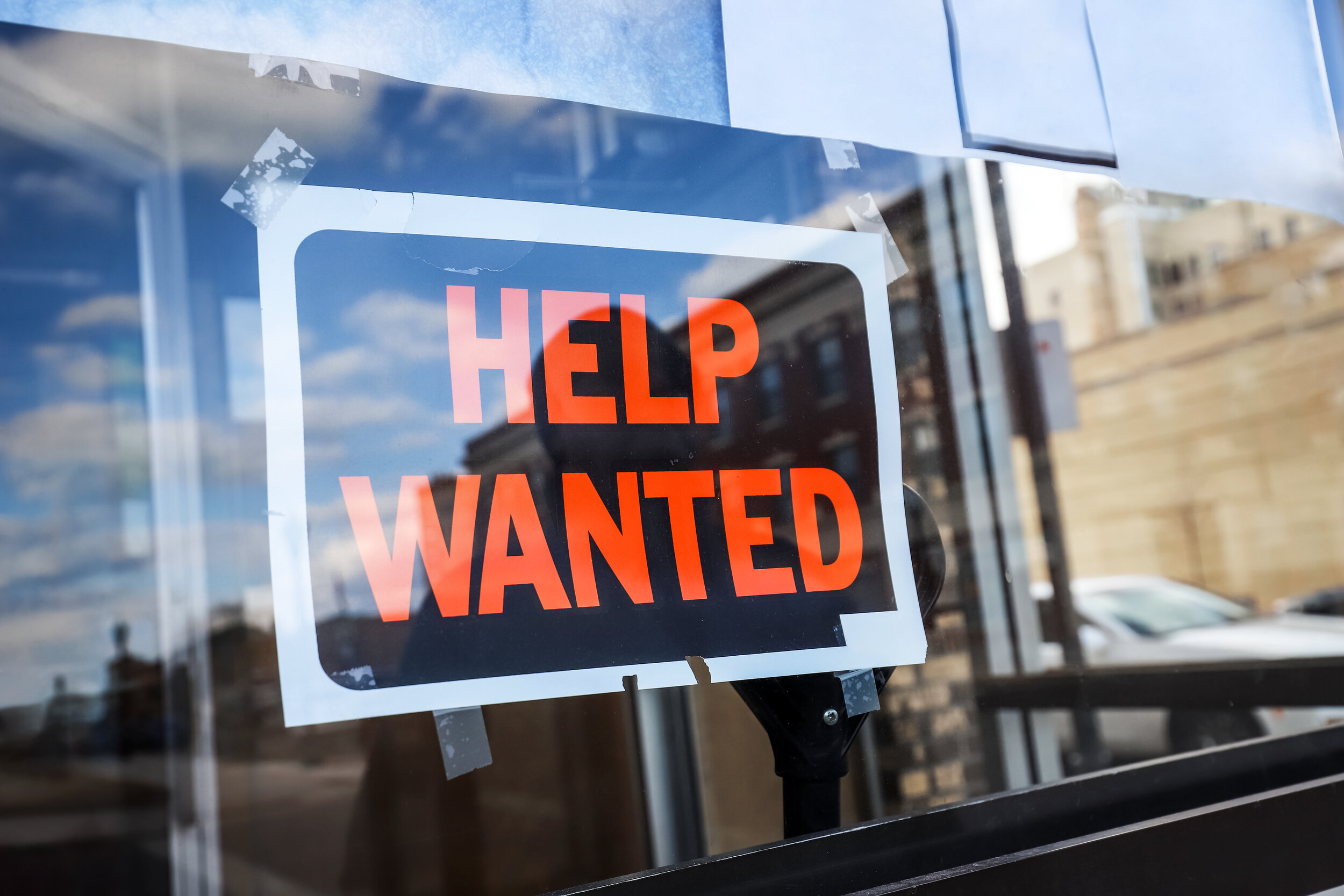The American Rescue Plan Act (ARPA) extended pandemic relief including enhanced unemployment benefits through September 6, 2021. This program enables jobless Americans to collect an additional $300 per week on top of state unemployment checks. ARPA was passed to provide ongoing pandemic assistance and economic relief to millions of Americans and businesses that were negatively impacted by COVID-19. However, as businesses look to get back on track and ramp up hiring, many states are now facing labor shortages. As a result, a growing number of states are seeking to leave the enhanced unemployment benefits program.
According to NFIB’s April jobs report, a record 44% of all small business owners report having job openings they could not fill—that number is 22 points higher than the 48-year historical average and marks the third consecutive month of record-high unfilled job openings. Additionally, 22% of small businesses are planning to expand their workforce by hiring additional staff as opposed to cutting back. Many believe that the extra $300 per week provided by the federal government discourages unemployed individuals to seek work. In particular, lower wage earners are actually making a comparable living on unemployment as they would at a paying job. Others believe that jobless workers will struggle if states end the unemployment aid too early.
Where are the workers?
The April jobs report fell well short of expectations with nonfarm payroll increasing by just 266,000 and unemployment rising to 6.1%. By comparison, Dow Jones estimates had been for 1 million new jobs. Economists think this can be attributed to both a shortage of labor supply and labor demand. Either way, many restaurants and other small business owners have labeled the lack of available workers a crisis and are feeling the effects of the shortage.
For example, the Wall Street Journal reported that one small business owner would like to increase his workforce by about 25%, however is having trouble getting applicants to show up for job interviews. Adam Allison says, “We have our cooks basically taking shifts washing dishes because we can’t find a dishwasher.” As a result of taking on the extra work, he’s had to increase their pay. There are numerous anecdotal stories of companies across the country offering generous hiring bonuses, higher wages, and on-the-job training to lure workers.
Calls to end extra unemployment aid
The U.S. Chamber of Commerce has called for the end of the weekly supplemental benefits as a way to address the current labor shortage. “The disappointing jobs report makes it clear that paying people not to work is dampening what should be a stronger jobs market…One step policymakers should take now is ending the $300 weekly supplemental unemployment benefit. Based on the Chamber’s analysis, the $300 benefit results in approximately one in four recipients taking home more in unemployment than they earned working,” said U.S. Chamber of Commerce Executive Vice President and Chief Policy Officer Neil Bradley.
Earlier this month, Montana and South Carolina became the first two states to announce they would end all pandemic unemployment benefits beginning in June. The $300 per week federal supplemental payments will continue until September 6 for any state that does not opt out of the program. Now there are at least 21 states set to stop participating in the program—and several other states are considering it. Similar to the Chamber’s argument, governors and other state officials claim that the additional payments are working to disincentivize workers to get back to work.
Here’s a look at the details for states pulling the plug on enhanced unemployment, by date:
June 12: Alaska, Iowa, Mississippi, and Missouri
June 19: Alabama, Idaho, Indiana, Nebraska, New Hampshire, North Dakota, West Virginia, and Wyoming
June 26: Arkansas, Florida, Georgia, Ohio, Oklahoma, South Carolina, South Dakota, Utah, and Texas
June 27: Montana, Oklahoma
July 3: Maryland, Tennessee
July 10: Arizona
States offering a one-time bonus for returning to work: Montana, Oklahoma, and Arizona.
Beyond the 25 states leaving the enhanced jobless benefits program altogether, a growing number of states are returning to the requirement that unemployed persons must look for work each week and/or actively engage in skills training to receive benefits. In fact, the New York Times reported that at least 36 states are reinstating work search requirements. Job search requirements are not the same in every state; some will require evidence of an active job search in the form of job applications or proof of attendance in job training programs or hiring events. Check your state for specific requirements.
Overcome a tight labor market
Whether your business is planning to expand hiring or simply fill existing job openings, it is critical to understand how government benefits programs affect your workforce so you can beef up recruitment efforts and be prepared to attract talent amid a labor shortage.
Businesses need to grow and that means you need human capital that can get you to the next level while allocating your financial capital on growth. Asure can help. Asure builds HCM software and services that help companies attract, develop, and retain great people and deliver it in a way that aligns with your financial goals.

